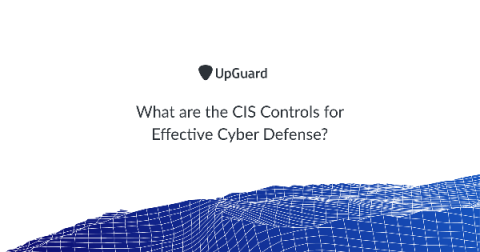Android Banking Trojans: History, Types, Modus Operandi
One sunny morning, my breakfast was interrupted by a phone call from a friend who is an entrepreneur engaged in the transportation of various goods. He said that $11,000 disappeared from his bank account during the night. The bank support service could not help. They advised my friend to report this incident to the police. The money transfers were made using the mobile application and confirmed via SMS. Everything looked like completely legal financial transactions.











